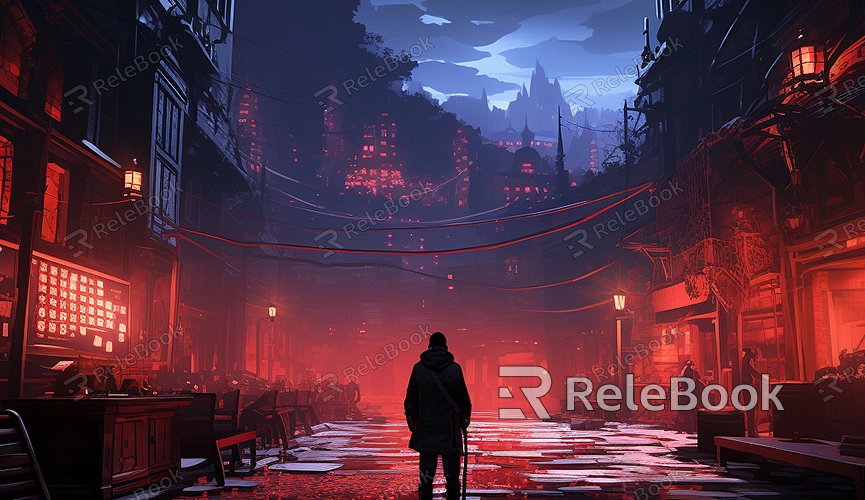How to Add Emissive Texture to Models in Blender
In the process of 3D modeling, adding an emissive texture to a model is a common operation that can give objects a glowing effect in the scene. In Blender, this can be achieved through the use of the node editor and material settings. Similar operations can be found in other 3D modeling software. Below, I'll explain how to add an emissive texture to a 3D model in Blender, hoping it proves helpful.

1. Select the Model:
In Blender's 3D view, start by selecting the model to which you want to apply the emissive texture. The model can be either an imported 3D model or a newly created one.
2. Switch to the "Shader" Workspace:
In the top toolbar, choose the "Shader" workspace. This makes the Shader editor more accessible for material editing.
3. Create or Select Material:
If your model already has a material, select it. If not, click the "New" button in the material properties to create a new material.
4. Activate Emission Shader:
In the Shader editor, use the Shift + A shortcut and select Shader > Emission. Add the "Emission Shader" to the material and connect it to the Surface input.
5. Connect Texture to Emission Strength:
Add a texture to control the strength of the emission. Connect this texture to the "Strength" input of the Emission Shader. You can use the "Image Texture" node to handle this texture.
6. Import Emissive Texture:
Click the "Open" button in the Image Texture node to import your emissive texture. Make sure your texture includes bright areas for the emissive effect. If you need suitable texture materials, consider downloading from Relebook.
7. Adjust Emission Strength:
In the Image Texture node, you may find a Color output. Connect it to a "Color Ramp" node or directly to the Strength input. Adjust the Color Ramp or Strength value to control the intensity of the emissive effect.
8. Configure Material Settings:
In the "Material Properties" tab, adjust settings such as color, metallicness, roughness, etc., to further customize the appearance of the material.
9. Switch to "Layout" Workspace:
Switch back to the "Layout" workspace to view the rendered scene with the emissive material. You can enable the render view mode by pressing Shift + Z.
10. Render the Scene:
When satisfied with the emissive texture, render the scene to see the final effect. You can then export or save the result.

